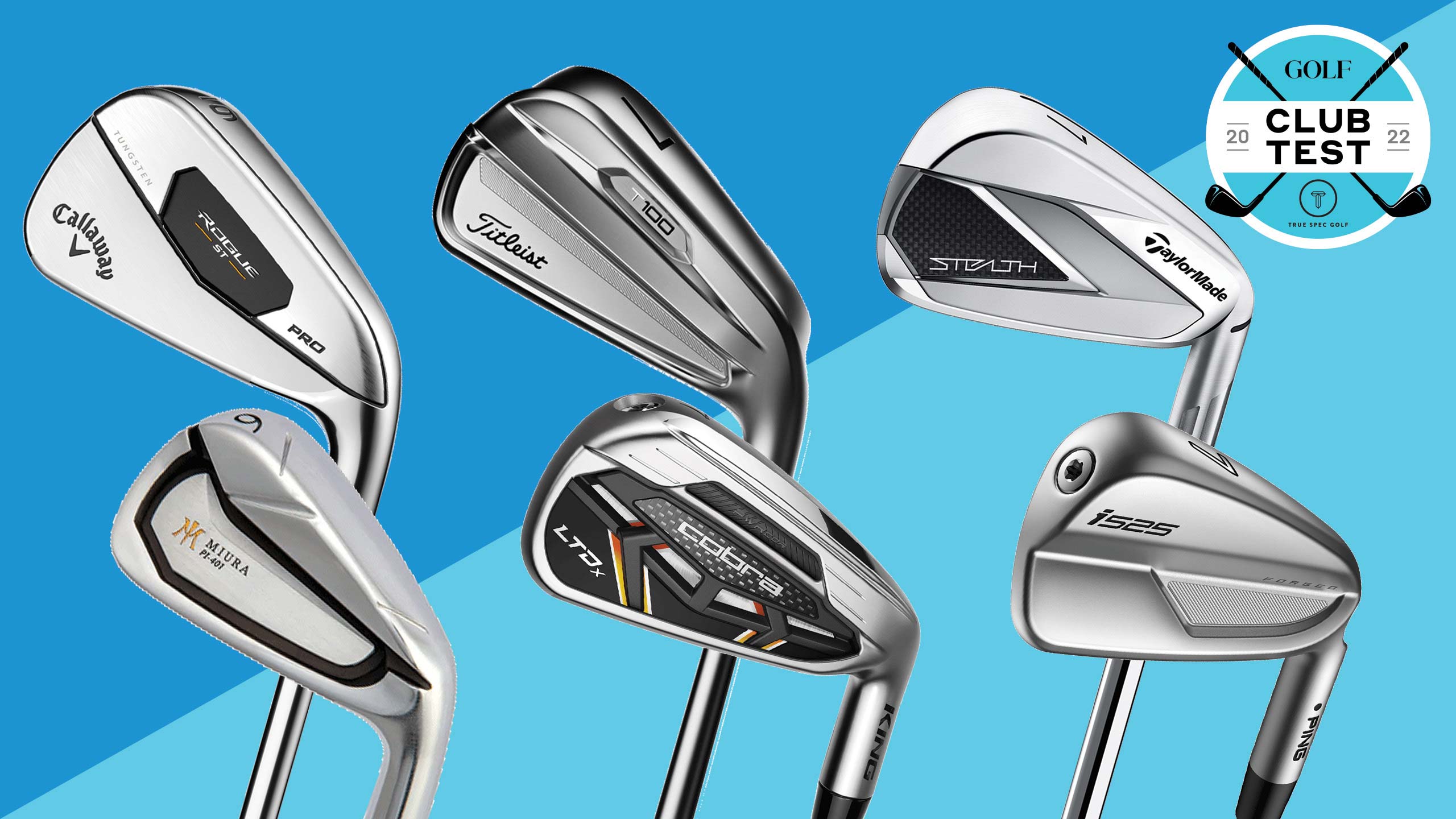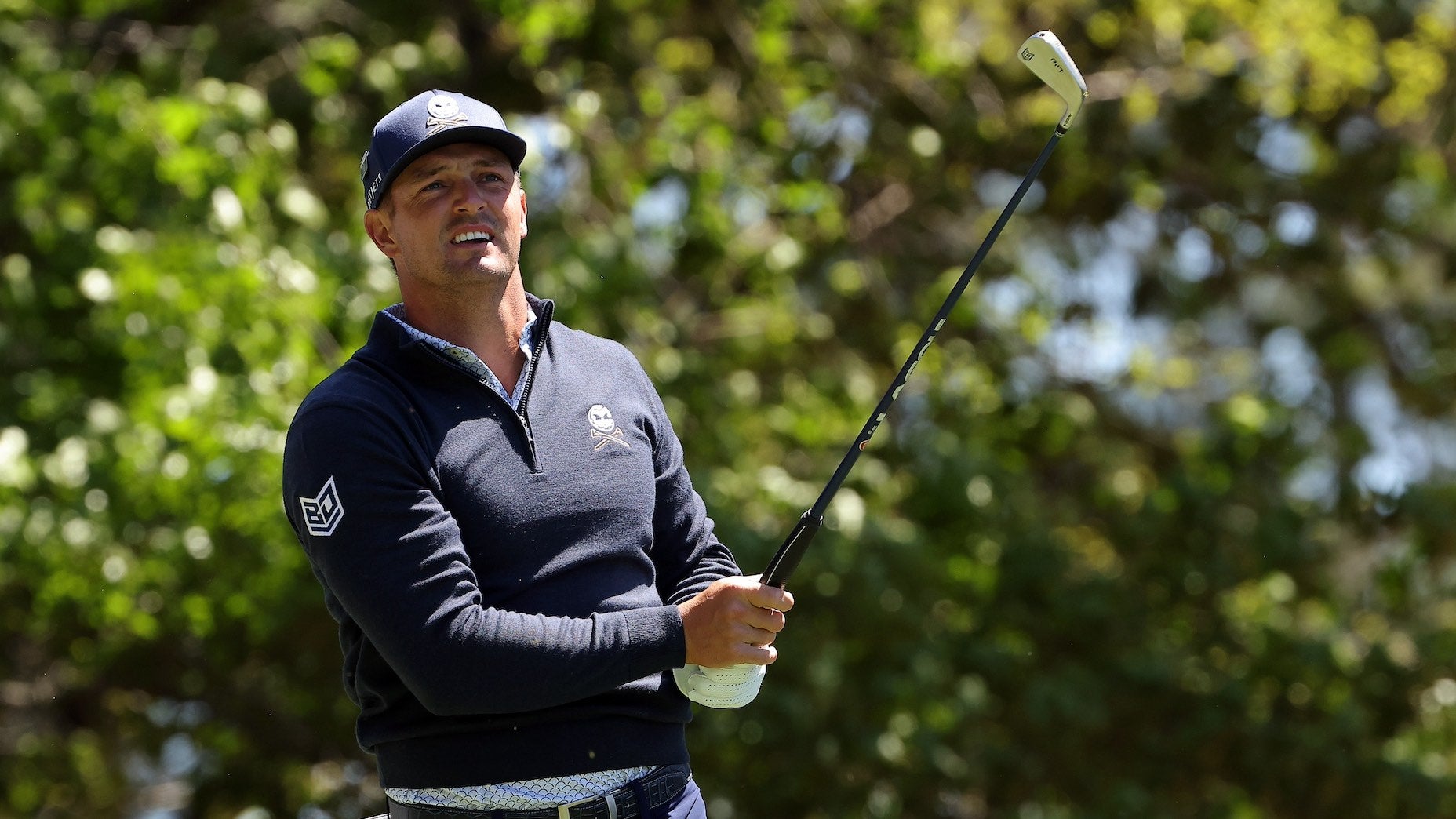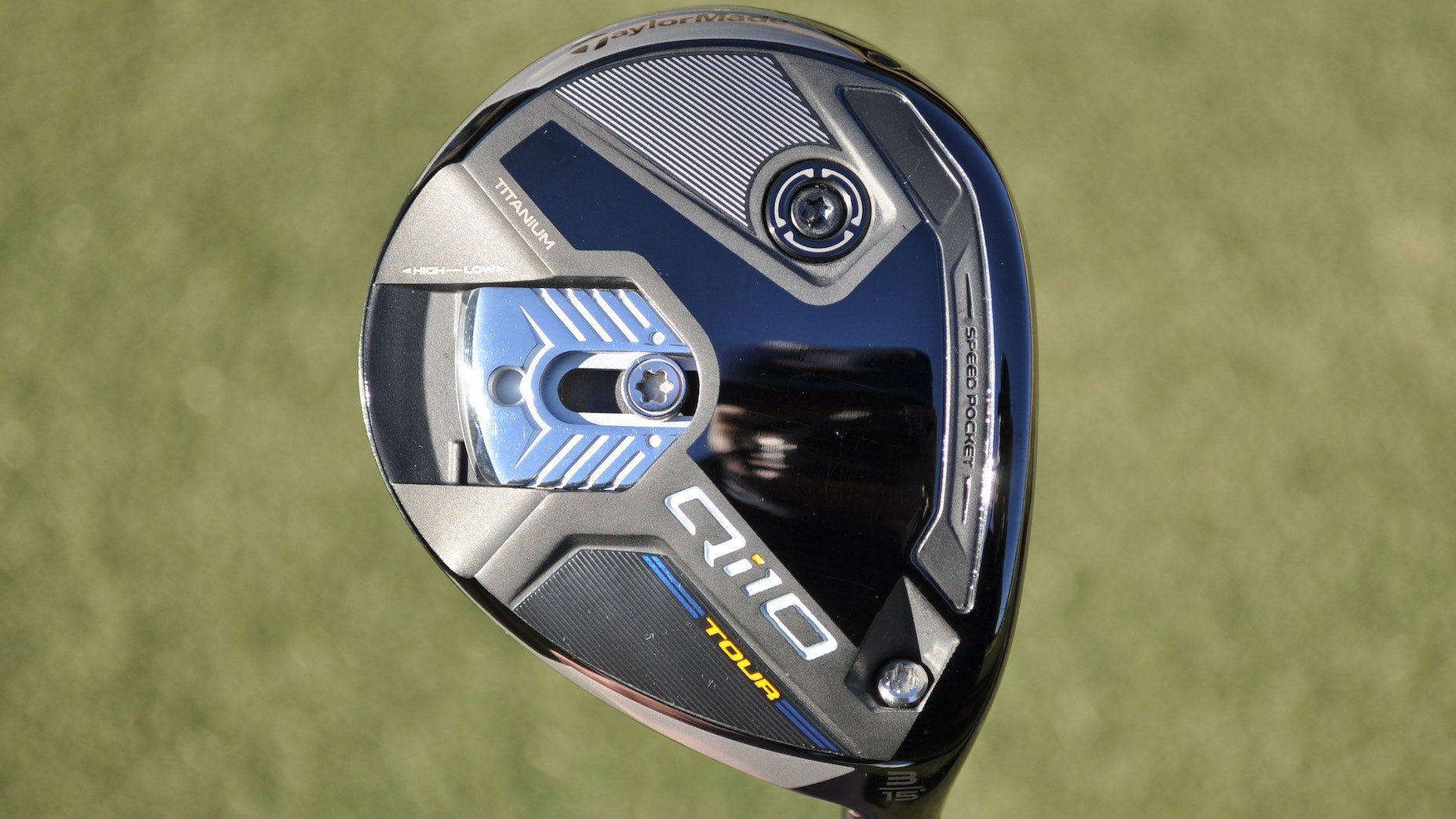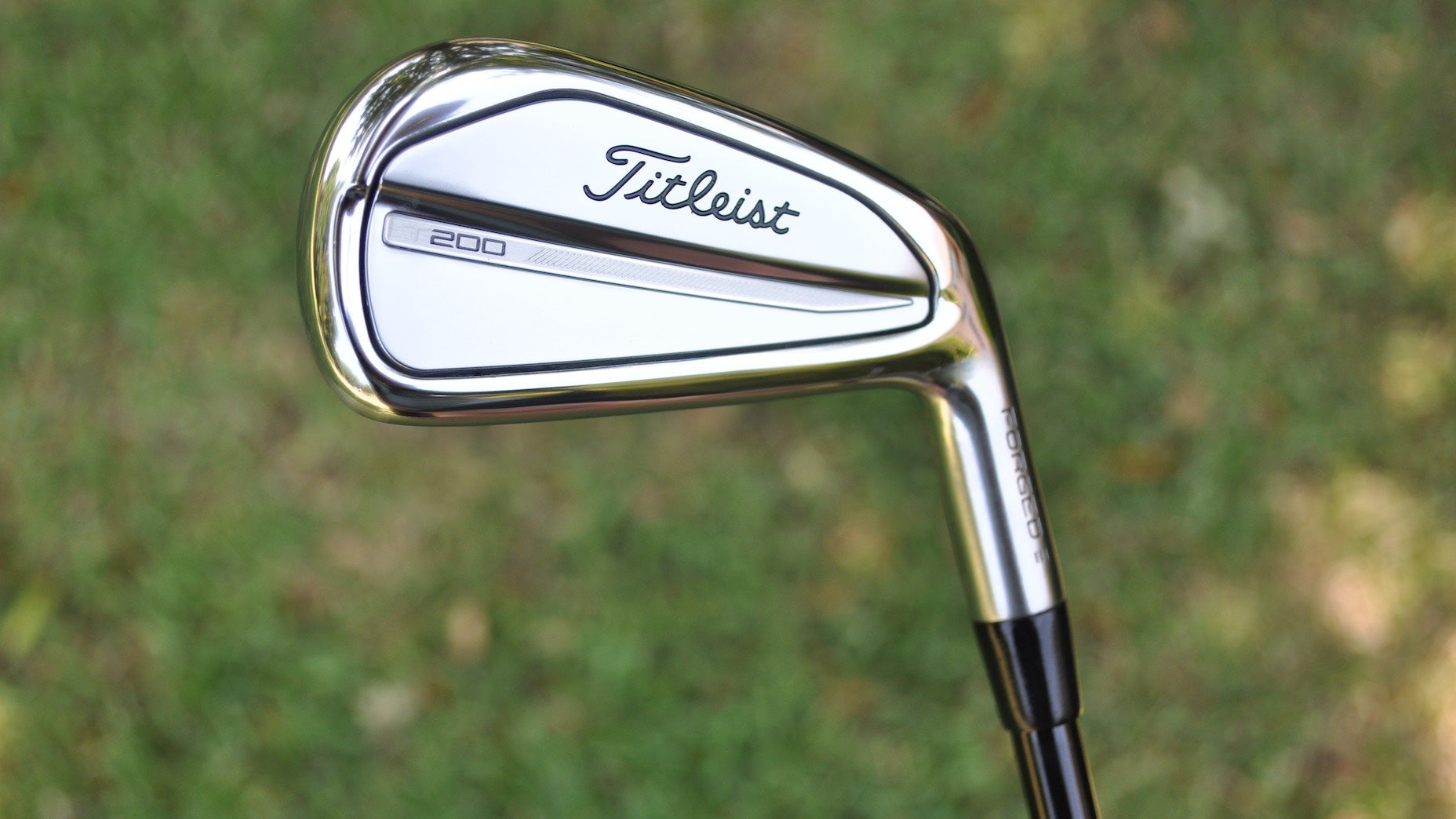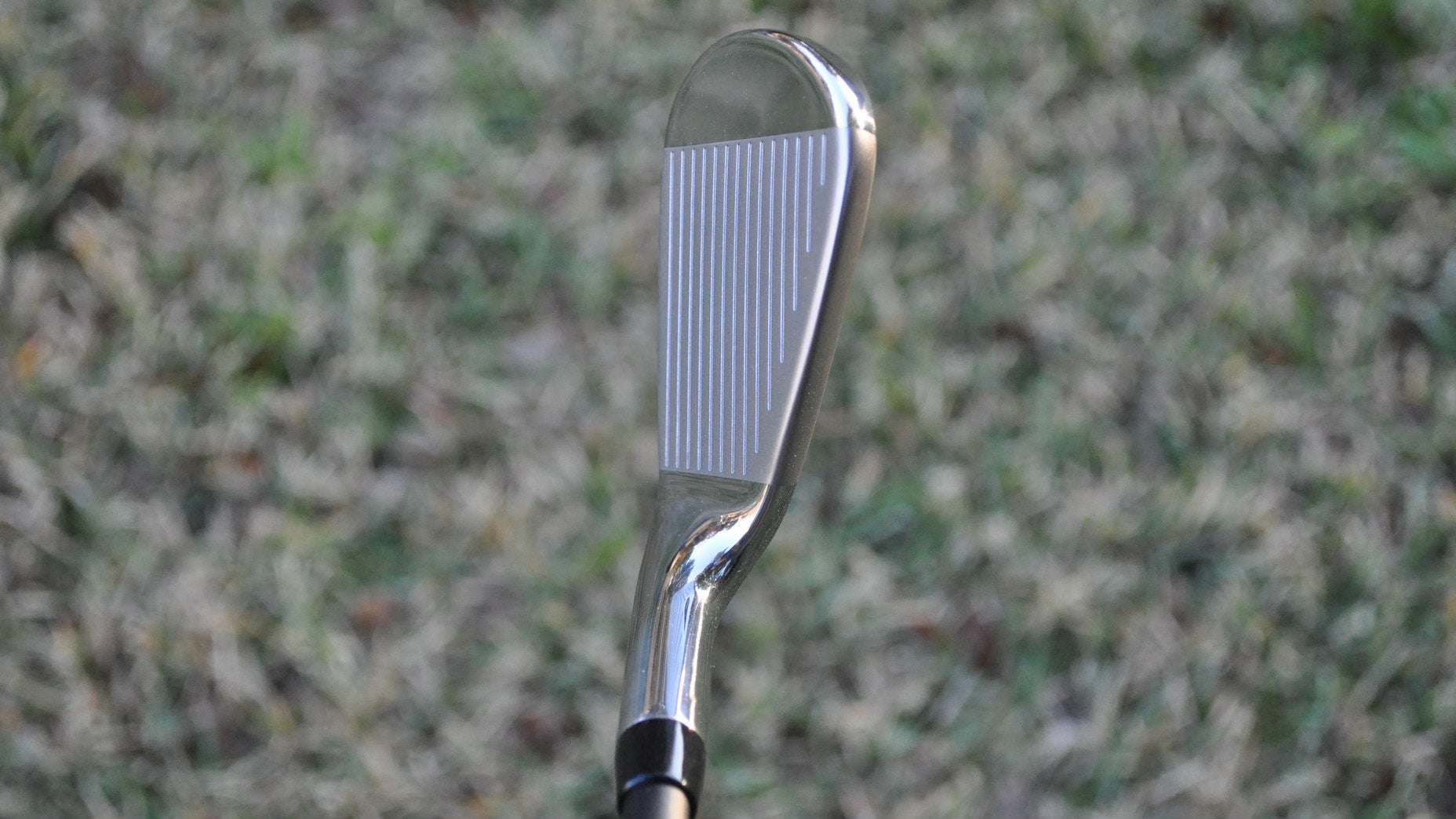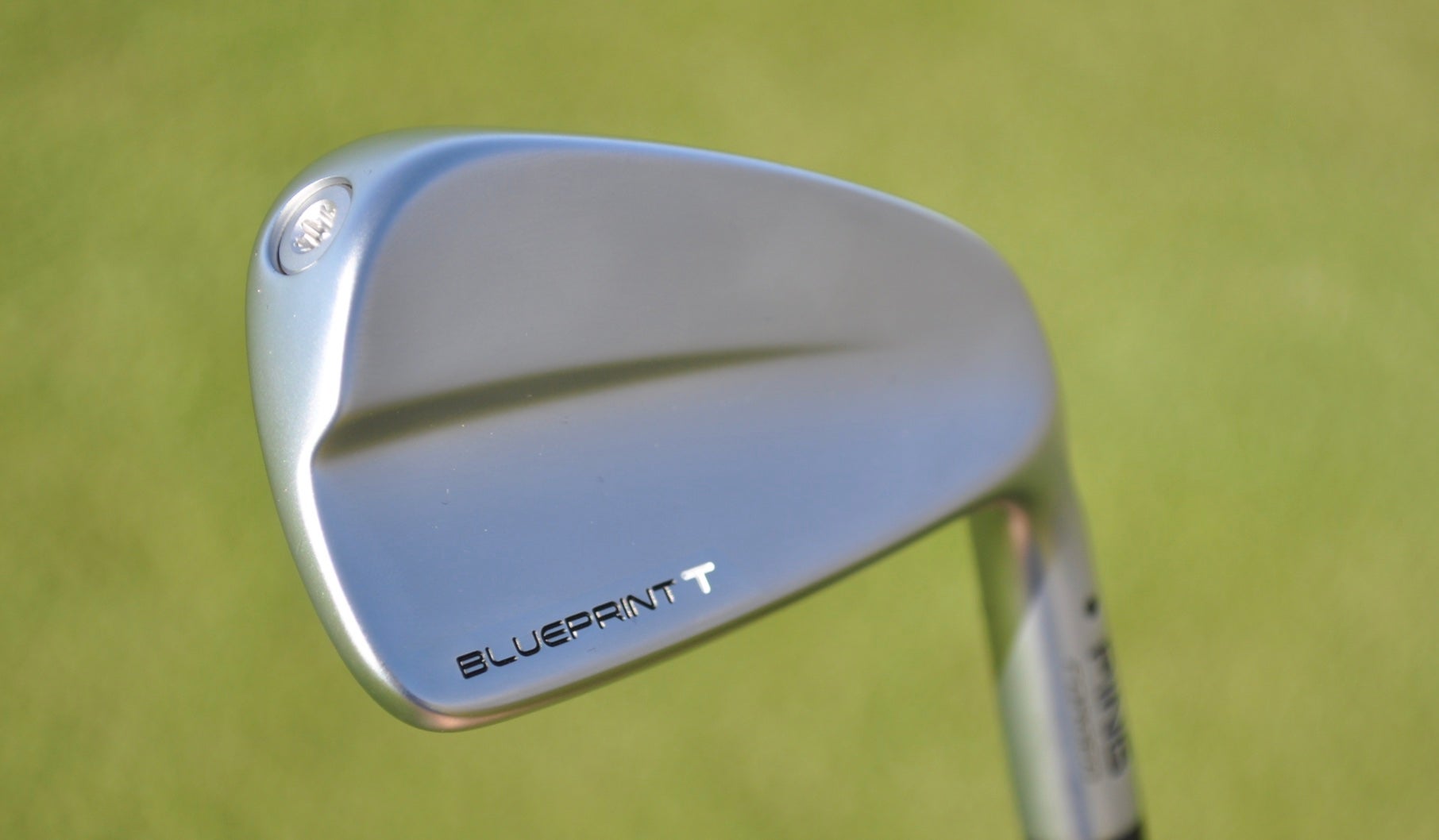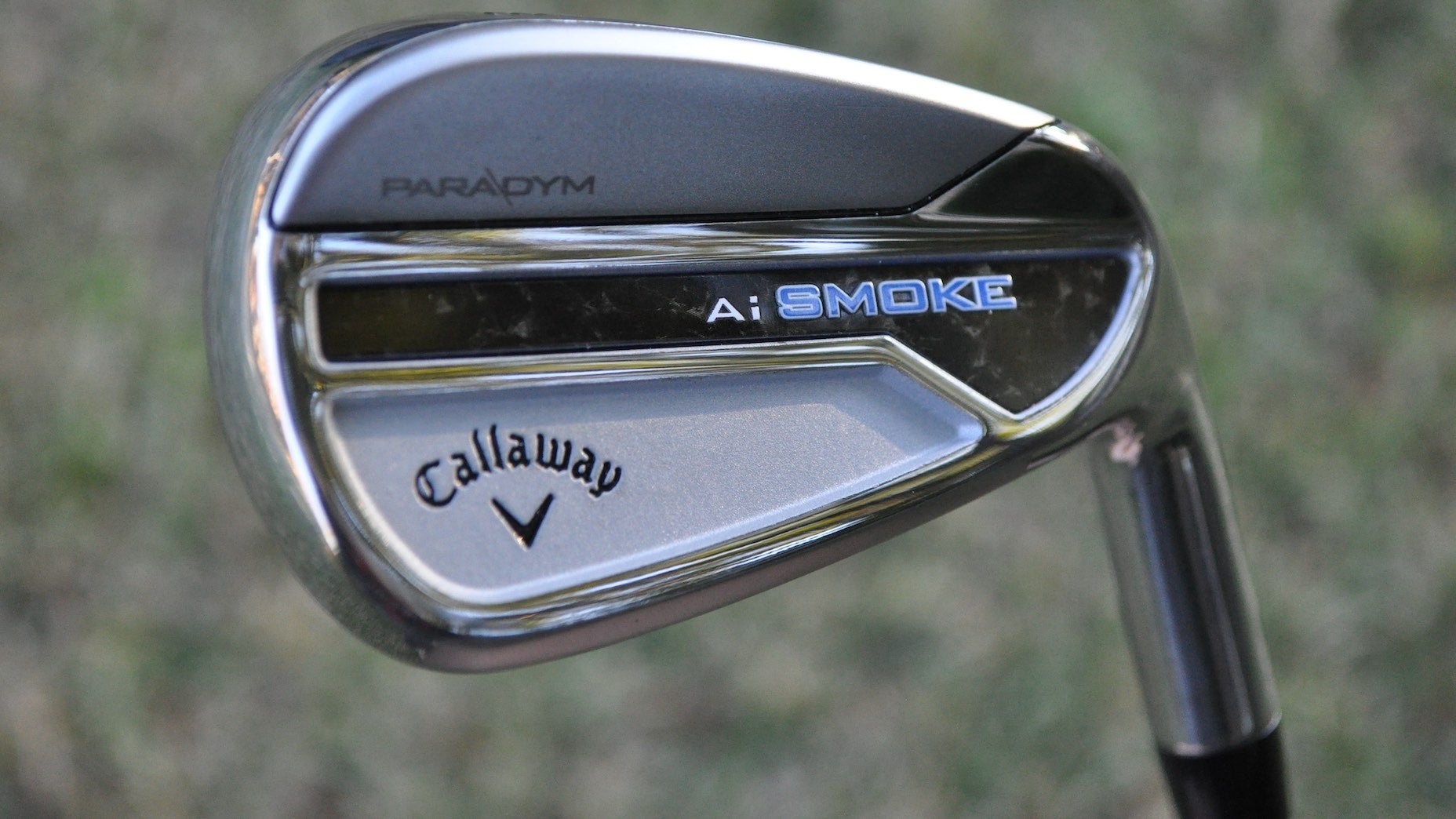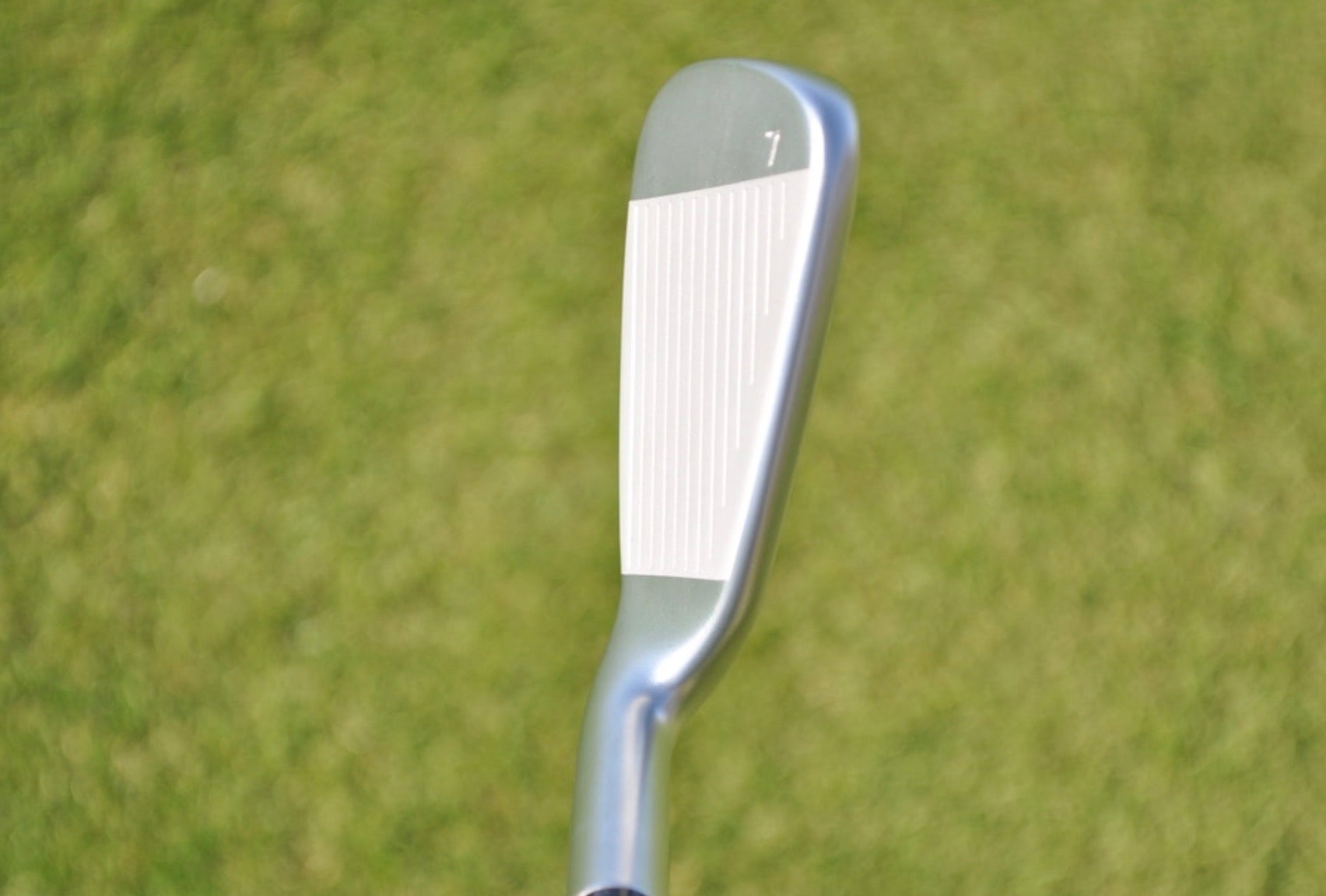Are you ready to switch to blade irons? Here’s how to find out
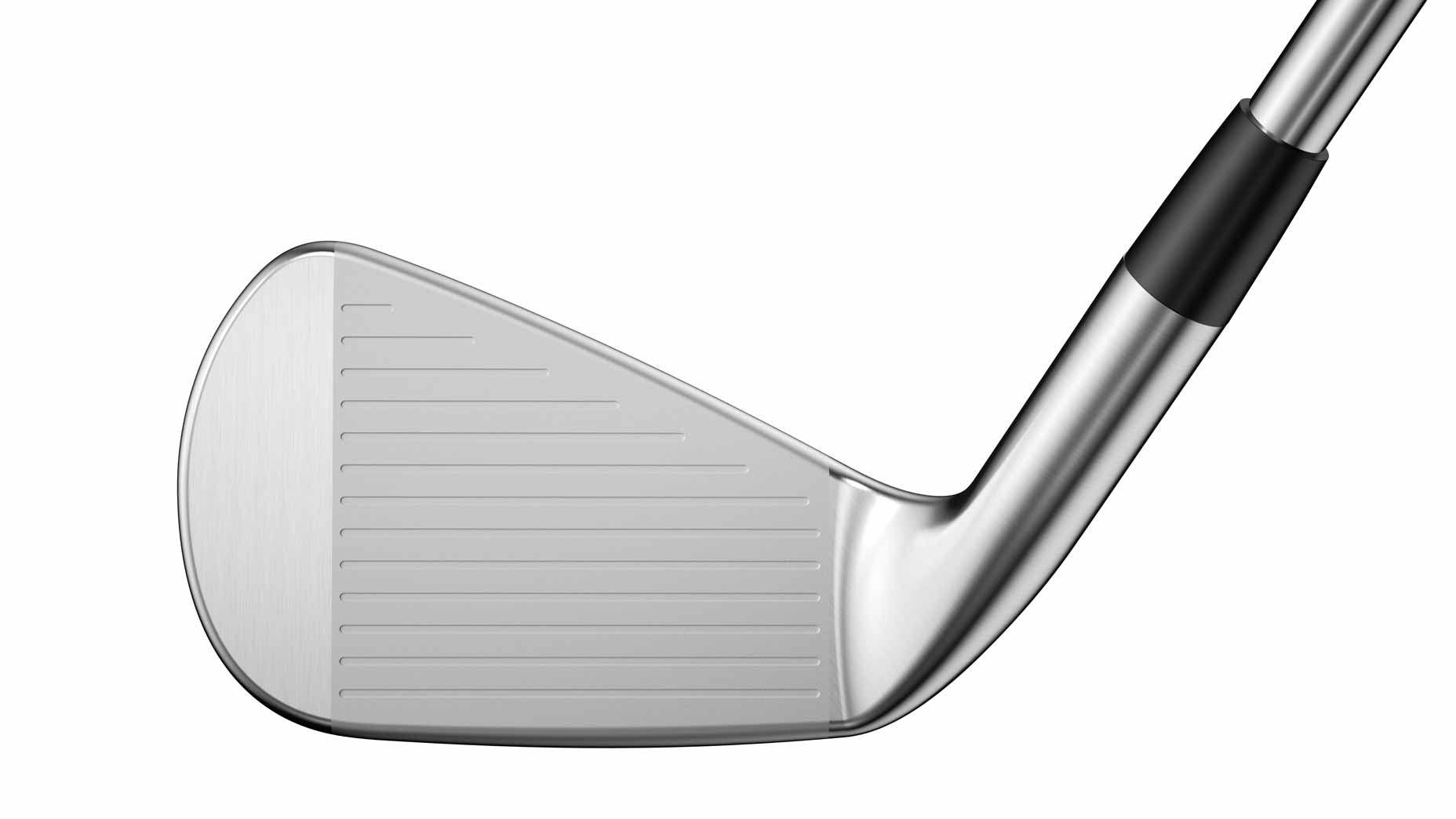
Blade irons are typically reserved for only the best ball-strikers.
Courtesy
You’re playing some of the best golf of your life. You’re finally sniffing a single-digit handicap. The question then: “Should I switch to a set of blades?”
Golf is a game in which everyone looks up the food chain to see what the better players are gaming. When you get to a single-handicap level, it seems everyone is playing blades.
The question, however, is are they right for you? Before you decide, it’s important to have some performance information.
The ClubTest robot is here to help. We tested both a blade and a cavity-back iron on shots hit in the center of the clubface, 0.5 inches and 0.75 inches toward the toe and 0.5 inches and 0.75 inches toward the heel.
The data shows that on center hits both clubs were equal. On heel hits, the blade had no drop-off when hit 0.5 inches and 0.75 inches. Comparatively, the cavity-back showed a 3- and 7-yard drop-off at the same heel positions.
The big difference came on toe hits. For the blade, the drop-off was 10 yards at 0.5 and 17 yards at 0.75. The cavity-back? Seven and 10 yards at the same positions.
Conclusion: If you’re a consistent ball striker who can hit the ball in the center or center heel, blades will give you great performance with exceptional feel. If your miss, however, is more spread out with toe and heel misses, then stick with cavity-backs as they give you better overall distance loss across the face.

